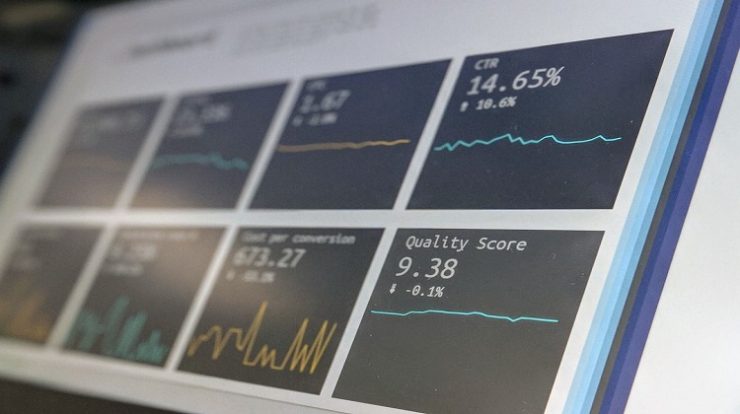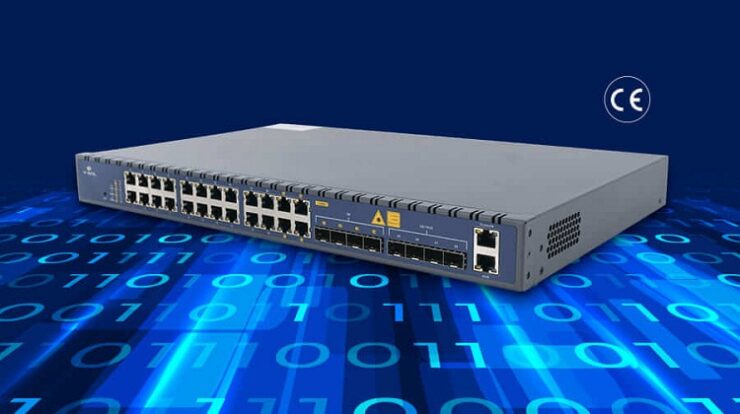
You’ve probably heard the phrase data mining come up in recent discussion, but may not be sure what it is. Data mining is the exploration of data in order to uncover meaningful patterns and trends. Data mining techniques enable artificial intelligence applications, by way of things like search engine algorithms and recommendation systems. Let’s take a closer look at what has led to the rise in popular data mining models.
Predicting Probable Outcomes
Several data mining forms are utilized in predictive analytics. Data mining models are able to differentiate between independent variables in personal information from annual income to demographics. This allows for predictions to be made with some probability based on the data collection that has taken place. Predictive data mining can even result in the generation of rules and conditions to imply a specific outcome. For example, a rule would be one specifying if a person with a college degree lives in a nicer part of town, their income is likely to be above average in the region.
This form of data mining also can save time combing through a large amount of data to link up natural groupings. A particular model may focus on a population segment with a specific income range, during a specific time of year. Take for example renting out a car during the holidays, rental agencies will show favor towards drivers with better records on the road. This information is also beneficial to insurance companies when deciding premiums and deductibles on policies from a set of data.
Faster Decision-Making

One of the great benefits of data mining is the ability to make a massive amount of data and pinpoint it for proper data modeling within a business. For example, if you are shopping through NBN plans and looking for the internet package on the National Broadband Network that’s right for you, you’re receiving quotes in no time from retailers. This data mining algorithm takes those input variables through an online search engine to lay out useful information. That includes the monthly rate for the NBN, the cost of a modem, or the bandwidth and speed of a particular internet package.
With the use of data mining methods, NBN providers are able to create predictive models to help determine the preferred packages and spending of particular areas across Australia. This will also help retailers to look at average spending to determine the need for a possible price reduction or the offering of rebates. The distribution of data is a powerful tool that takes that input data to the next level, creating clusters to understand the cost, as well as where there might be a demand to bring their product into their region.
Defining the Problem

Proper data mining can help businesses in just about any industry zone in on where there may be a hurdle coming, or what might be hindering them at this present moment. The implementation begins with creating a model based on data such as earlier customer relations and attributes. In the education industry, machine learning delves into complex relationships within data.
You may recall when you or a loved one was getting ready to apply for college. Data mining models are created through testing companies to send out mailers from prospective schools based on scores, and by the location of the student.
Data collection and exploration allow companies and others to make decision tree models based on those data parameters. The preparation phase covers tasks for inference. This form of analytics can take new data and transform it into valuable information for predictive models that will pave the road to success for any line of business. Raw data to proper prediction is what makes the case for data mining programs through any dataset.






